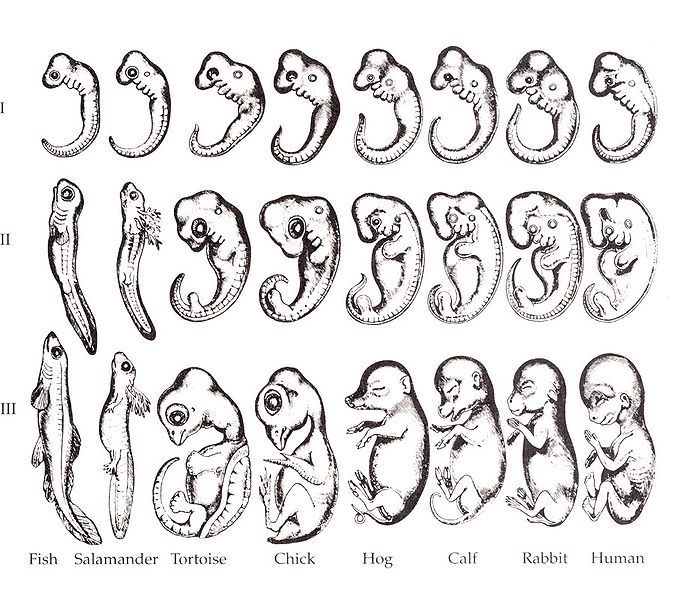Animal Models
A Useful Experimental Tool
Animal models are often used to determine the processes of mammalian embryonic development including neural development and although this can vary greatly amongst different organisms, there are some common features that arise throughout.
Here are three examples of animal models used in embryonic research:
Caenorhabditis elegans
- A non-segmented worm with a simple structure with around 302 neurons and only 56 glial cells that makes it easy to work with.
- Its genome is mapped completely.
- Their fast generation time and transparency make them excellent models for study.
- Their neurons are associated in nerve cords located in dorsal, ventral and also lateral sides of the embryo.
- They have a stereotypy in their pattern of cell division that means cells can be traced back to their origin.
- The first cleavage gives produces a large AB cell which gives rise to most of the hypodermis and the nervous system; and a smaller P1 cell which gives rise to the body, muscles, gut and somatic gonads.
Drosophila melanogaster
- This fruit fly is a long germ band anthropod, whose nervous system shows examples of cephalisation (formation of a “brain”), gangliation, and a central cord.
- A lot of its nervous system deals with sensory inputs from its head and is ventral in location.
- The nuclei of Drosophila embryos do not undergo initial rounds of cell division, instead their nuclei remain in a syncytium until a ventral furrow marks the beginning of gastrulation.
- Cellularisation occurs to produce a cellular blastoderm.
- The closing of the furrow marks the future site of neurogenesis; the neurogenic ectoderm that gives rise to the central nervous system (CNS).
- Neurogenesis causes the delamination of cells, where certain cells become larger than others and squeeze out of the epithelium to form neuroblasts- the progenitors of the nervous system.
- Each neuroblast forms a ganglion mother cell, and each ganglion mother cell forms neurons and glia.

| Embryo drawings drawn by Haekel in 1866 for his Recaitulation theory. Image courtesy of https://commons.wikimedia.org/wiki/File:Haeckel_drawings.jpg under public domain. |
Vertebrates
- Vertebrates have a common body plan and the early nervous system is similar across the families.
- The vertebrate nervous system also forms from ectoderm but is dorsal rather than ventral in its location.
- The presence of an organiser region triggers nervous system development.
